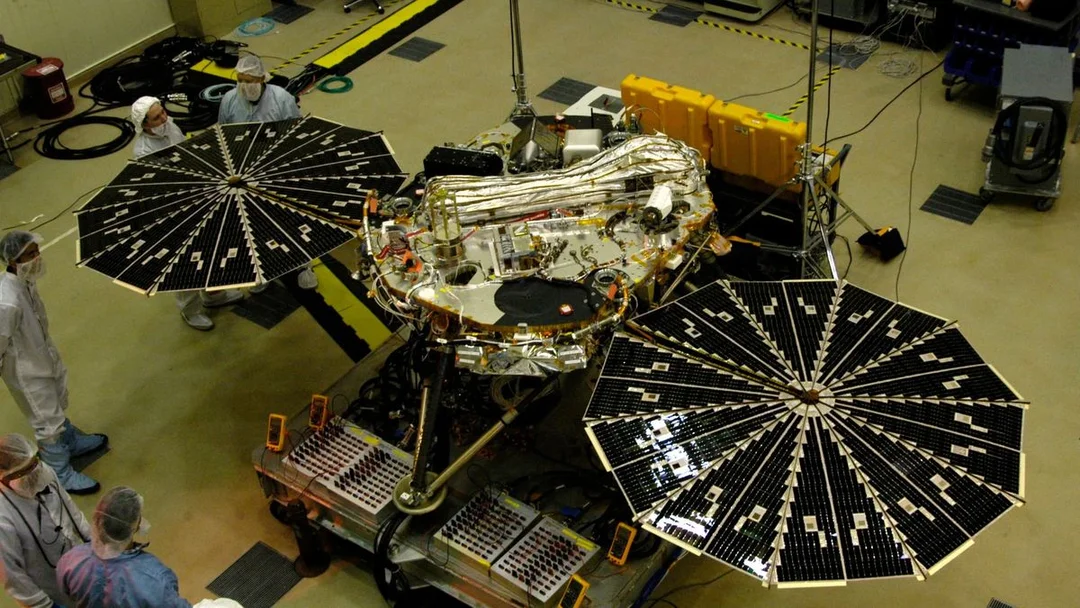
NASA’s Clean Rooms: A Hotbed for Unprecedented Bacterial Life Forms!
In a startling discovery that challenges our understanding of microbial resilience, scientists have unearthed 26 new bacterial species thriving within the pristine confines of NASA's spacecraft clean rooms. These meticulously controlled environments, designed to prevent earthly contamination of space missions, have become an unexpected haven for extremophiles – microorganisms capable of surviving extreme conditions.
The research, led by NASA's Jet Propulsion Laboratory (JPL) in collaboration with King Abdullah University of Science and Technology (KAUST), initially aimed to investigate potential microbial contamination. However, the team stumbled upon a treasure trove of previously unknown life forms during their analysis of samples collected from the facility where the Phoenix Mars lander was prepared for its 2007 mission.

What are Clean Rooms?Clean rooms in space facilities are engineered to maintain exceptionally low levels of dust, airborne particles, and contaminants. They are crucial for assembling and testing spacecraft because even minute particles can compromise sensitive instruments and components. The irony? These sterilized environments are now home to thriving microbial life.
One notable discovery is a new species named Neobacillus Driksii, after microbiologist Dr. R. S. Drik. This bacterium produces a unique antimicrobial peptide called paeninodin making it potentially relevant in medicine. The findings also revealed genes associated with DNA repair, detoxification of harmful molecules, and improved metabolism, further enhancing the survival capabilities of these organisms.
"The genes identified in these newly discovered bacterial species could be engineered for applications in medicine, food preservation and other industries," said Junia Schultz, a postdoctoral fellow at KAUST, highlighting the potential biotechnological applications of the findings.
This groundbreaking discovery has prompted ethical questions about the adaptability of life and has far-reaching implications for space exploration. The very purpose of these facilities is to prevent microorganisms from contaminating spacecraft and other planets.
"Our study aimed to understand the risk of extremophiles being transferred in space missions and to identify which microorganisms might survive the harsh conditions of space," said Alexandre Rosado from KAUST.
The resilience of these microbes raises concerns about potential cross-contamination between Earth and extraterrestrial bodies, adding complexity to NASA’s planetary protection protocols regarding the search for life on Mars and beyond. Perhaps the biggest question is that if these organisms can survive the most stringent sterilization measures, what implications does that pose for preventing the transmission of infectious pathogens on our own planet?

The implications of this research extend beyond space exploration. Understanding how these extremophiles survive and thrive could lead to advancements in medicine, food preservation, and other industries. By studying their unique genetic traits, scientists may unlock new biotechnologies and strategies for combating infectious diseases and preserving resources in extreme environments.
This discovery shows that life continues to evolve in the most unlikely settings and there is still much to uncover about the complexities of life, even in the most sterile of environments. What other secrets lie hidden within these clean rooms, and how will this knowledge shape the future of space exploration and biotechnology?
Share your thoughts and comments below!